| Arrival |
I arrived in Bucharest at noon on a Friday. I was very careful when taking a taxi, as I know that taxi drivers tended to overcharge. To my surpise I found that the things changed and now they have metters that correctly register the charge.
I took this picture on the Kiseleff Boulevard, that goes from the airport to the very center of Bucharest. Kiseleff was a Russian general who led the joint Russian and Romanian troops in the war against Turkey in 1877, when eventually Romania gained its independence.
The Kiseleff Boulevard is a very fashionable place. On one side and another there are very expensive villas, where the Romanian aristocracy used to live before the war, later being replaced by the Communist higher-ups. |
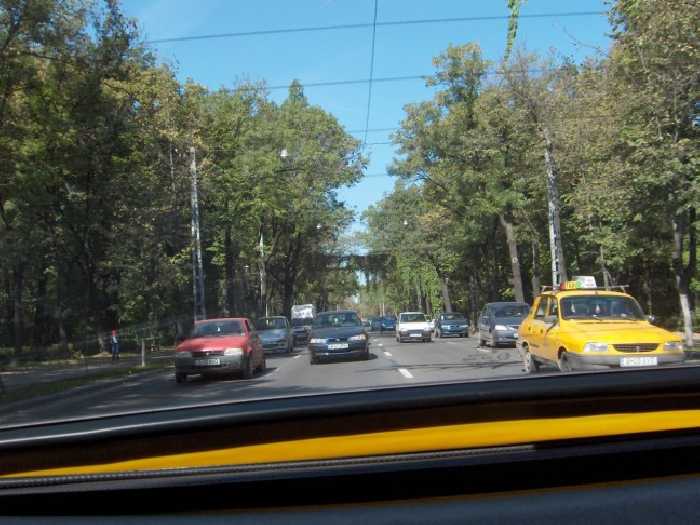 |
| |
|
| Plaza of the revolution |
As usual, I went to the railway station Gara de Nord and I got a sleeping car ticket for the overnight trip to Alba Iulia. I had plenty of time to spend in the city, so I went to the University and then I arrived in this square.
The building you see in the background is the former headquarters of the Romanian Communist Party. On December 21, 1989 Ceausescu gathered the people here to give then a discourse about the dangers of counter-revolution (that is counter-Communism regime). In stead of being applauded, he was shut down by the protest of the crowd. That was the beginning of the December revolution, which ended in three days with the fall of Communism and the execution of Ceausescu.
As this place was the center of power of Romanian Communism, it is ironic to see this statue in the center of the square. The man whose status you can see is Iuliu Maniu, on of the founders of the modern Romanian state. He was arrested by the Communist regime in 1948 and sentenced to life in prison. Although he was a true statesman and patriot to whom the nation owes a lot, he died in prison in a small city in Transylvania. Now the cards have turned again and his memory is honored. |
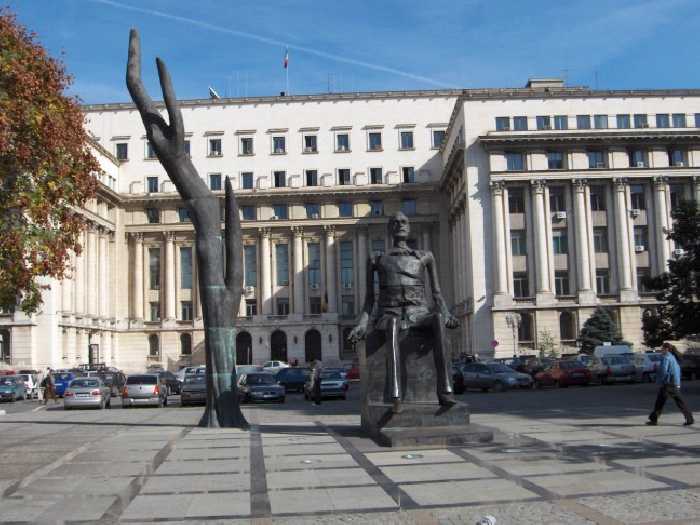 |
| |
|
| Royal Palace |
Across from the former Central Committee of the Romanian Communist Party is the old royal palace. King Michael lived here until he was forced to abdicate in 1948.
At this time he still lives in Switzerland and has the distinction of being the only chief of state from the World War II who still lives. I wish that History Channel would have a special program about him. |
 |
| |
|
| Athene Palace |
This is one of the cultural centers of Bucharest.
I was passing next to it as I walked from the University to the Institute of Mathematics to see an old friend. |
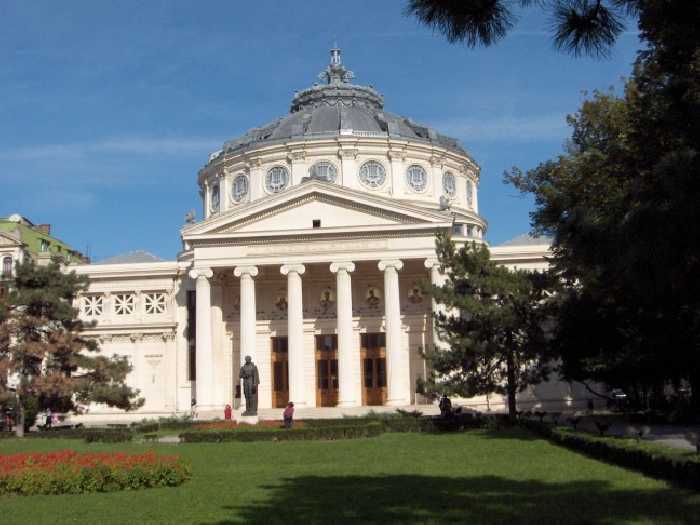 |
| |
|
| Meeting an old friend |
It was almost a miracle to find my old friend Ioan Molnar.
As I stopped at the University, I happened to meet a former assistant from the department of Mechanics. She was kind enough to make a number of phone calls until she found my friend.
I found him at the Institute of Mathematics. We talked there, then we met at a terrace restaurant on the Carol Boulevard, were we spent a few hours reminiscing about our years in the Army and then in the College. |
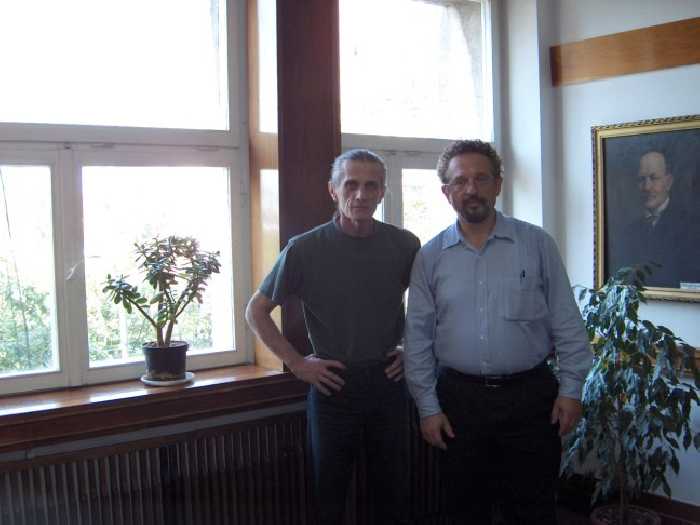 |
| |
|
| Gara de Nord |
After a full day, which started above the Atlantic, and continued in Munich and Bucharest, it was time to start the final leg of the journey, with the night train to Transylvania.
Here I am at the Gara the Nord the main railway station in Bucharest.
I was impressed by the cleanness and modernity of the station.
I left Bucharest at 11 pm and arrived in Alba Iulia at 5:30 am the next day. |
 |
| |
|
| Alba Iulia: lower city |
Finally at home!
I arrived at home at 5:30 in the morning. After spending a little time with my mother, I went to sleep. Surprise: I waked up at 3pm! I immediately went for a walk in the city.
I love Alba Iulia. It is a quiet city, sill full of life. It is very clean and civilized, without the noise and traffic one experiences in Bucharest.
Here is one of the plazas in the center of the city. When I grew up here it was very different. In fact my father used to work here in an old building (which was since demolished). In the background you see a branch of the Romanian Bank of Commerce, one of the last banks to be privatized. A number of European banks are competing to buy it, including Paribas and Deutschebank.
Alba Iulia is built on two levels: the lower city and the higher city. My home, as well as the place you see here is from the lower city. |
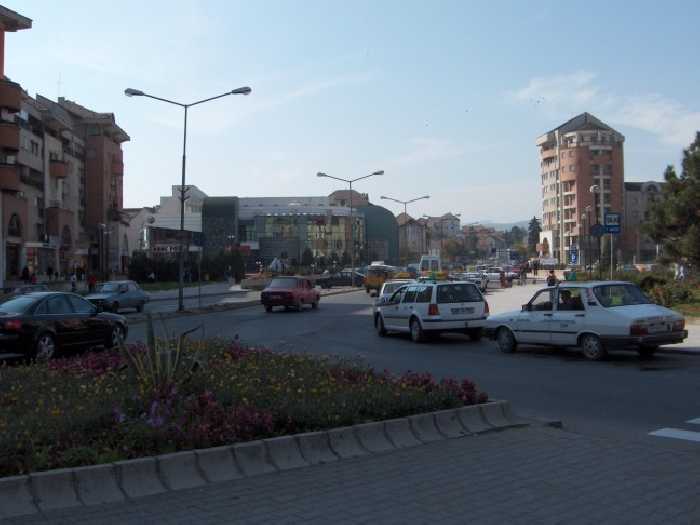 |
| |
|
| The old synagogue |
On the other side of the plaza there is an old synagogue - I believe at least 100 years old. I remember going there around 1975, when Romania's Chief Rabbi Moses Rosen came for some special event.
When I was growing up in Alba Iulia there were a few hundred Jews in the city. Some of my best friends were Jewish, and many of them emigrated to Israel in the 70's. I have heard that today Alba Iulia has exactly eight Jews, one old man and seven old ladies. |
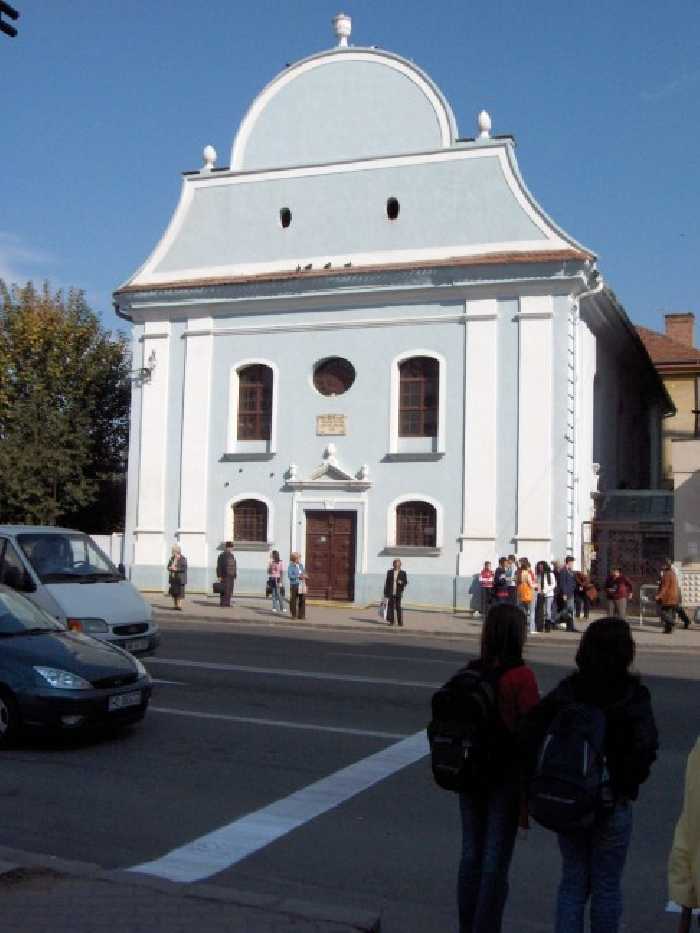 |
| |
|
| Mures Valley |
As I climbed the hill on which the medieval citadel was built, I took this picture of the lower city.
It is quite obvious why this was a strategic place for the Romans and later for the Hungarians and Austrians. The hill on which the citadel was built dominates the Mures river valley, which is a main way of access to the center of Transylvania. |
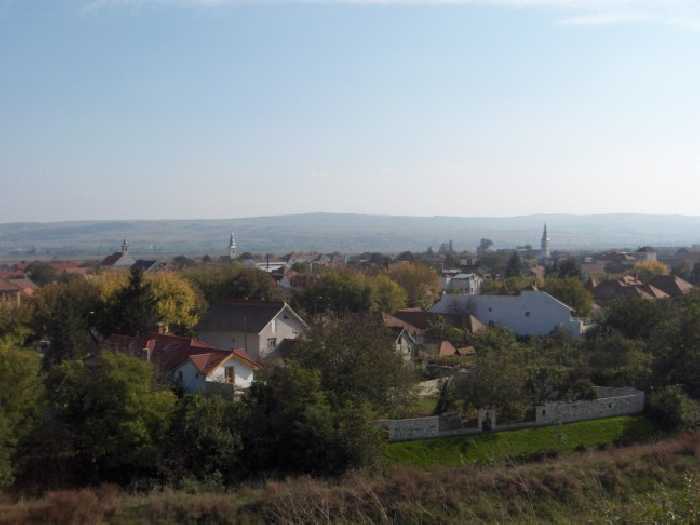 |
| |
|
| Catholic cathedral |
I was now inside the citadel.
The oldest building here is the Catholic cathedral. It was built on the place of an older catholic church, destroyed by the Mongols in 1242. After the Mongols withdrew, the construction of this new cathedral started immediately. Thus, its building started at the same time as the oldest cathedrals in Europe.
As teenager I used to enter it when coming back from school and listen to classical music sung on the old organ. |
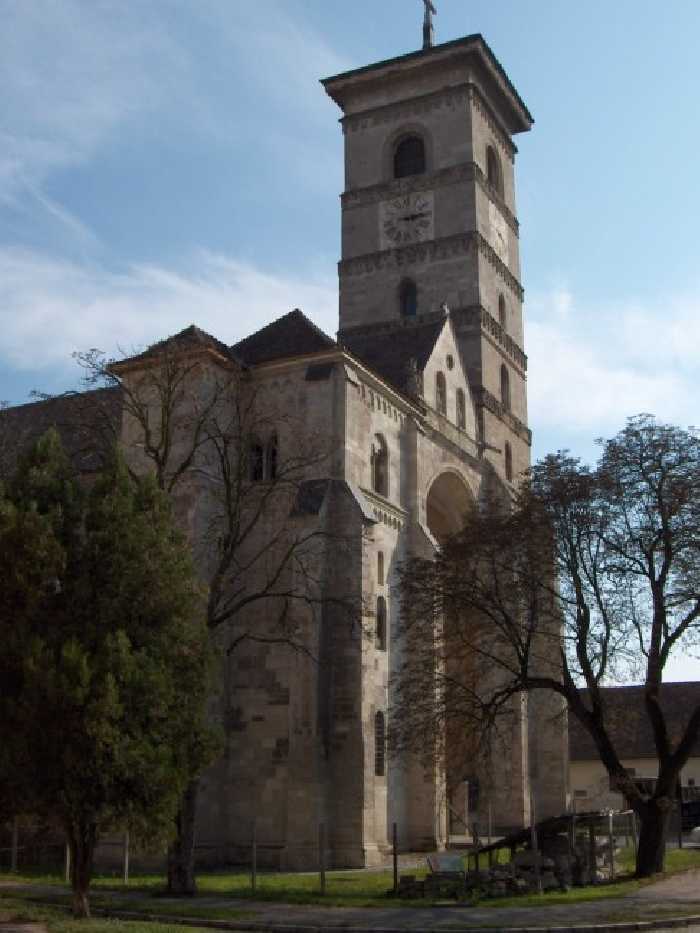 |
| |
|





